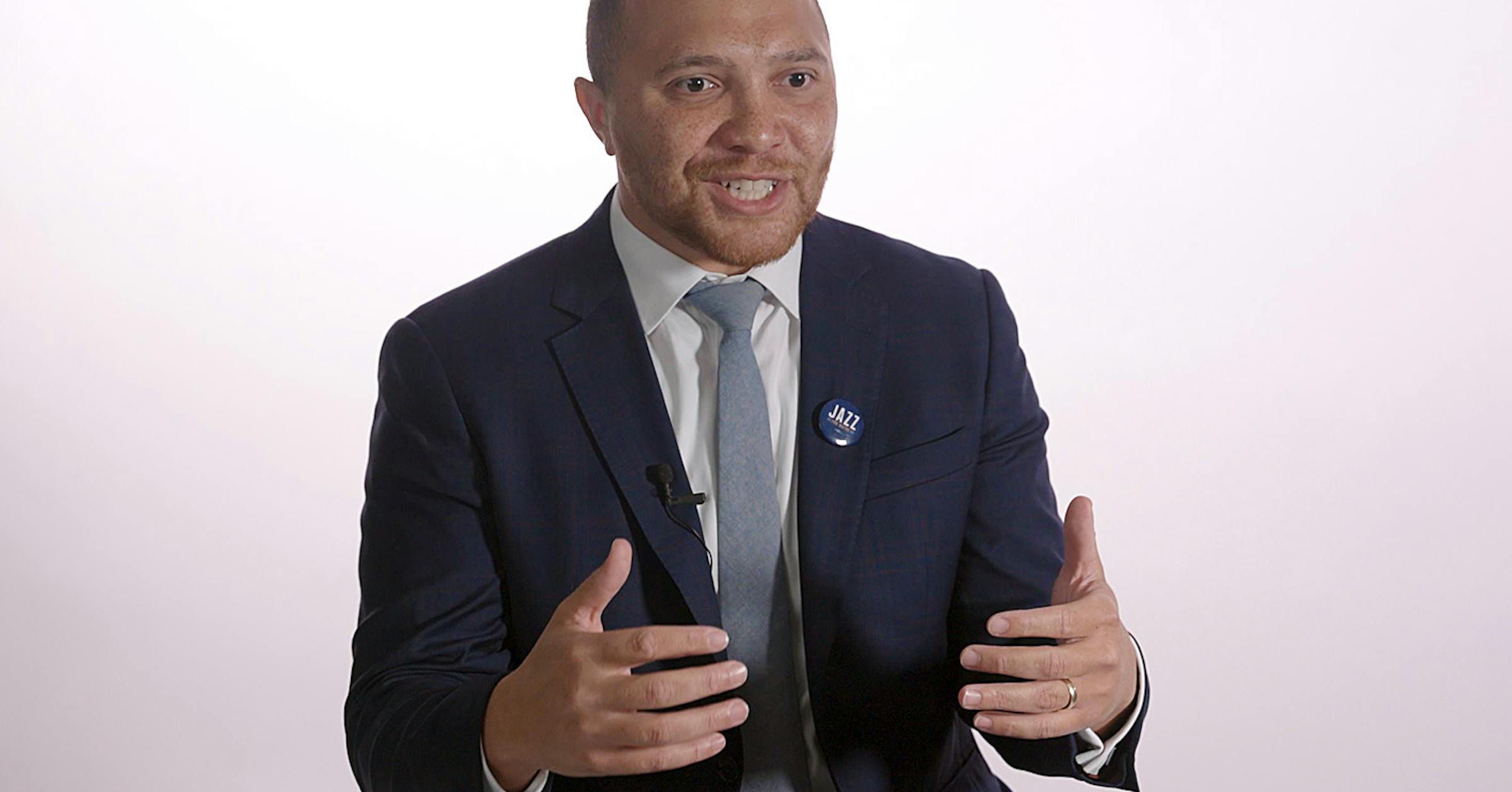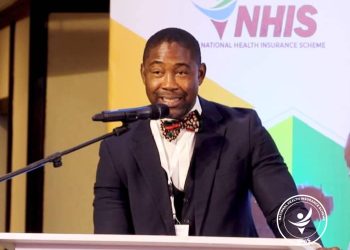Copyright Star Tribune

The second is affordable housing, and that’s everything from individuals who are currently unhoused and sleeping outside all the way to someone who just graduated college and is working their first job in the city and struggling to pay rent in that same city. And the last thing that I talk about constantly is education. The school board controls the budget and the buildings. However, we have to be supplemental in that work, we have to wrap our arms around the teachers, the union and everyone in those buildings to make sure that we have success within the city for our students. In 2020 we had the most movement and energy behind updating and reforming the police department, a public safety system that would be responsive, diverse and have plenty of different types of safety mechanisms within it, from violence prevention, from behavioral health, hopefully from our ability to address homelessness within our city. We just haven’t made the progress we need to within that space. And listen, I do not think that Minneapolis is a wildly unsafe place that people shouldn’t visit. I do not want that persona for our city, but I do know that gunshot wounds in the last four years are double what they were in the four years leading up to 2017. I think everyone in the city knows that affordable housing is one of the biggest issues we face. And there’s a lot of levers that you can pull to improve the situation that we’re currently in. … I do not believe that rent stabilization, as presented right now, is the solution. You look to St. Paul and see that stifling growth in development, and that’s the last thing that we need. We need more buildings within this city, because we do not have enough units right now, and not only deeply affordable units, but units across the board. So we have to look to other resources to improve that when it comes to deeply affordable housing. We have to ensure that we’re partnering with both for- profit and nonprofit organizations to do the building that we need within the city, and we need to invest in the Housing Trust Fund to ensure we have the dollars. None of this work, though, can be done just within the city of Minneapolis budget. We have to look to our county and state partners and show them that we have a plan. More people live in my house than work on the Homelessness Response Team. We need to have a more robust solution in this moment, like we’ve seen even on the county level. And here’s how: We need to have a housing first solution with services directly in proximity. That means when someone leaves an encampment and we find them housing, that the mental health services, the addiction services and the medical services they need are directly there. We aren’t putting them on a bus or shipping them somewhere else to receive those services. … And if things get unsafe, of course, it has to escalate into additional resources being disbursed, because we can’t allow that to happen within our city. But that consistent by-name approach is what will be — and has been in other jurisdictions — the most successful way to move people from that position out. With taxes going up, and people not feeling like services are going up in concert with that, we have to address it directly. What people don’t know is about 30 percent of the revenue or the money that this city spends is from the property taxes that we pay. Seventy percent is from other things, whether it’s bonds or grants or federal dollars that are coming to us. We need to double down on investment and seeking out that other 70 percent of the budget. That is part of the work that we have to do. The other things that we have to address within the city are ensuring that when we’re raising taxes, we are spending the dollars in the right way. I’m a professor of entrepreneurial finance, and I always say it’s not just how much revenue you bring in, it’s how you spend the dollars as well. And that means we have to set metrics for the goals that we are setting. … You have to spend the dollars well in this moment, because there aren’t enough of them.



